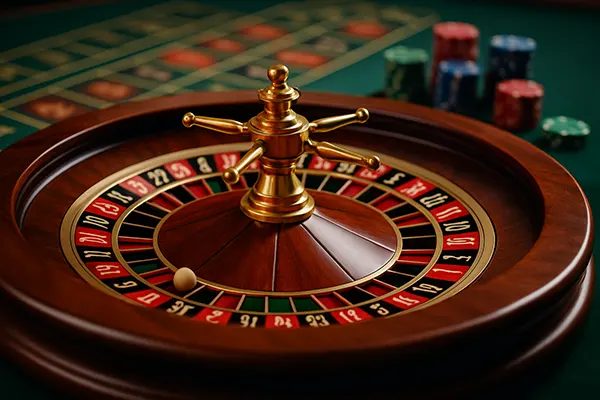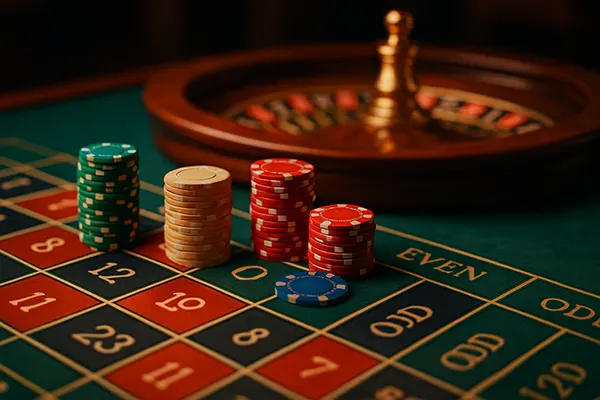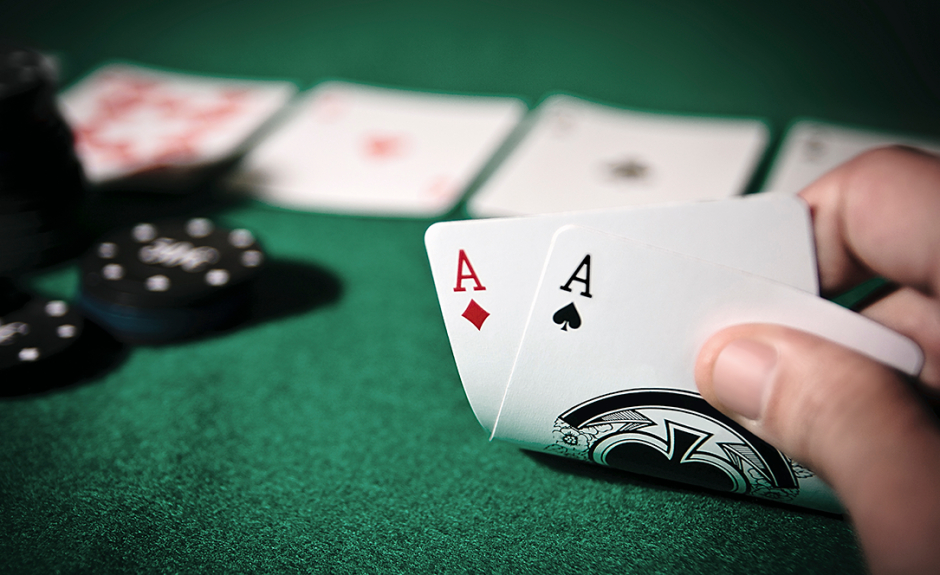Classic Table Games: Roulette Details and Betting Types Worth Knowing

Roulette has remained one of the most recognisable and enduring table games in casinos worldwide. Its appeal lies in the blend of simplicity, strategy, and chance. The spinning wheel, the suspense of the ball, and the variety of betting options make it a favourite both in physical venues and online gaming environments. To better understand its dynamics, it is essential to explore not only the rules but also the range of bets that shape player strategies.
The Structure of Roulette and Its Variants
Roulette is played on a wheel divided into numbered pockets, usually ranging from 0 to 36. In European roulette, there is a single zero, while American roulette adds a double zero, shifting the odds in favour of the house. French roulette is similar to the European format but includes specific rules, such as “La Partage” and “En Prison”, which can slightly improve a player’s chances when betting on even-money wagers.
The layout of the betting table mirrors the numbers on the wheel, allowing players to place a wide variety of bets. These options are traditionally split into inside and outside bets, depending on whether the wager is placed on specific numbers or broader groupings. Understanding the structure of the wheel and table is vital for informed decision-making.
Modern casinos often offer multiple versions of roulette, including live dealer games that replicate the experience of physical play. These formats have further diversified the accessibility of roulette, allowing enthusiasts to engage with different rulesets and strategies depending on the version selected.
Differences Between European, American, and French Roulette
European roulette is generally considered the most favourable option for players due to its single zero, which sets the house edge at around 2.7%. In contrast, American roulette’s addition of the double zero increases the house edge to approximately 5.26%, making it a less attractive choice from a statistical standpoint.
French roulette is notable not only for its single zero but also for its unique rules that can reduce losses on even-money bets. For example, with “La Partage”, if the ball lands on zero, half of the even-money stake is returned to the player. This adjustment lowers the effective house edge, particularly for those favouring safer bets.
The decision to play a specific variant should consider the rules and odds associated with each. Players looking for better long-term value often prefer European or French roulette, while American roulette remains popular in many casinos for its traditional presence and slightly faster gameplay pace.
Inside Bets and Their Probabilities
Inside bets are wagers placed directly on specific numbers or small groups of numbers on the roulette table. While these bets tend to have higher payouts, they also come with a lower probability of winning. Examples include straight-up bets on a single number, splits on two adjacent numbers, and corners that cover four numbers at once.
The payout structure is designed to reward the risk involved in inside betting. For instance, a single number bet typically pays 35 to 1, making it attractive for players seeking higher returns from smaller wagers. However, the odds of winning are proportionally reduced compared to broader bets.
These betting options appeal to players who enjoy risk-taking and calculated speculation. Understanding how the payouts align with the probabilities is crucial for evaluating whether such bets align with a player’s strategy and bankroll management approach.
Common Inside Bets Explained
A straight-up bet involves selecting one specific number and offers the highest payout among standard roulette bets. A split bet, covering two numbers positioned next to each other on the table, reduces the payout but increases the chances of success slightly. Street bets, covering three consecutive numbers in a row, and corner bets, covering four, follow a similar balance of risk and reward.
More complex inside wagers include the six-line bet, which covers two adjacent rows of numbers for a total of six. Although still riskier than outside bets, these options provide a structured way to spread risk across a small selection of numbers without diluting the potential payout too significantly.
Players often combine different inside bets to create personalised betting systems. While no method can overcome the inherent house edge, these strategies allow players to adapt the game to their personal tolerance for risk and reward expectations.

Outside Bets and Safer Alternatives
Outside bets cover larger sections of the roulette table and are generally considered safer due to their higher probability of winning. Examples include betting on red or black, odd or even, or high and low numbers. While the payouts for these bets are smaller, they appeal to players who prefer a steadier approach with more frequent wins.
Column and dozen bets expand the outside betting options by covering 12 numbers at once, offering a 2 to 1 payout. These bets provide a middle ground between the high-risk, high-reward nature of inside bets and the more conservative even-money outside bets.
The reliability of outside bets makes them popular with newcomers and those who wish to extend their playtime. They are often used in combination with other strategies to maintain balance between safety and potential profit.
Popular Outside Betting Strategies
One of the most well-known strategies involving outside bets is the Martingale system, which relies on doubling the stake after each loss until a win is achieved. While this can be effective in the short term, it carries risks of large losses if extended losing streaks occur.
Other approaches, such as the Fibonacci sequence or the D’Alembert strategy, provide more conservative betting progressions that adjust stake size based on previous outcomes. These systems aim to balance risk by moderating increases and decreases in bet size.
Ultimately, outside betting strategies can add structure to the game but should never be viewed as a guarantee of success. The randomness of roulette ensures that no system can fully eliminate the house edge, making responsible play and clear limits essential for long-term enjoyment.





